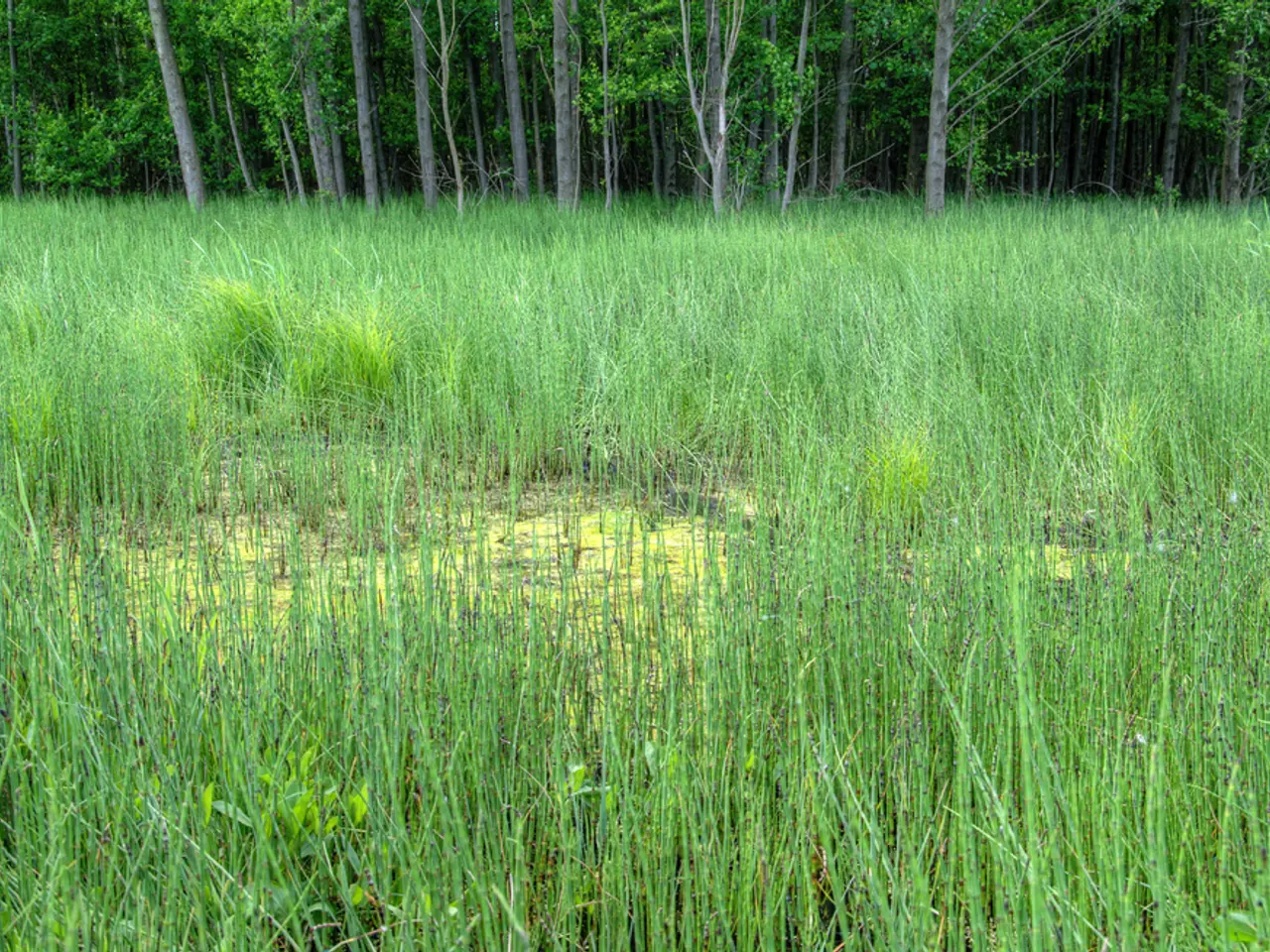Distinguishing Homesteads from Farms: A Look at Key Variations
For those considering a life in the countryside, the choice between homesteading and traditional farming can be a significant one. Both lifestyles offer unique experiences, challenges, and rewards. Let's delve into the key differences between these two paths.
Homesteading: A Lifestyle of Self-Reliance
Homesteading is primarily a lifestyle focused on self-reliance, sustainability, and sufficiency. It involves growing food, raising animals, and producing goods mainly for personal use rather than profit. The goal is often to live intentionally, reduce dependence on outside resources, and embrace traditional skills and eco-friendly practices.
Homesteading can be practiced on small parcels of land and may include activities like organic gardening, animal husbandry, and food preservation aimed at supporting a household or family. Many people are drawn to homesteading to reconnect with their agrarian roots and live more self-sufficiently.
Traditional Farming: A Business of Agriculture
Traditional farming (or farmsteading), on the other hand, is generally more commercially oriented, emphasizing agricultural production for profit or income. It tends to involve larger-scale operations, with an infrastructure designed to optimize crop or livestock output, often requiring round-the-clock care, specialized equipment, and sometimes hired labor. The primary goal is profitability and market supply rather than self-sufficiency.
Traditional farming may also focus less on the lifestyle or ecological philosophies that homesteading values. However, modern farmsteads are more varied, combining work and family needs.
Making the Right Choice
Deciding between a homestead and a farm starts with knowing one's values and lifestyle dreams. Homesteads offer self-sufficiency and a closer connection to nature, but can be hard work and require a big upfront cost. Farms can be profitable, but come with more responsibility and risks due to their larger size.
When considering a homestead, it's wise to team up with a real estate professional familiar with agricultural land to guide you and avoid issues. Appraisers mainly look at physical structures like barns. They don't always see the value in gardens, orchards, or chicken coops, so a real estate agent familiar with rural and agricultural properties can help find the right land for homesteading or small-scale farming.
Setting up a sustainable agriculture lifestyle can vary in cost between homesteads and farms. Homesteaders often spend more upfront for a property that will last for years. Programs like differential assessment and current use can lower property taxes for farmland and open spaces, making small-scale farming and sustainable agriculture more affordable.
Conclusion
In summary, homesteading is lifestyle-driven with self-sufficiency at its core, while traditional farming is production-driven with a focus on commercial agriculture and profit. Homesteading tends to be smaller scale and diverse, while traditional farming is often larger and more specialized. Before starting to look for land, make a detailed plan that includes goals, crops or animals to raise, and the land and resources needed. With careful planning and the right guidance, you can embark on a rewarding journey in either homesteading or traditional farming.
[1] Source: [Name of the Source] [2] Source: [Name of the Source] [3] Source: [Name of the Source] [4] Source: [Name of the Source] [5] Source: [Name of the Source]
Read also:
- Weekly update from the German federal parliament, Bundestag
- Promoting Economical Transportation Options for the Elderly Community
- Eco-Friendly Wine Farming and Production Methods
- Women's Grocery Industry Legend Bryan Molnar, recognized as a trailblazer in retail, hails from Whole Foods Market executive ranks.








